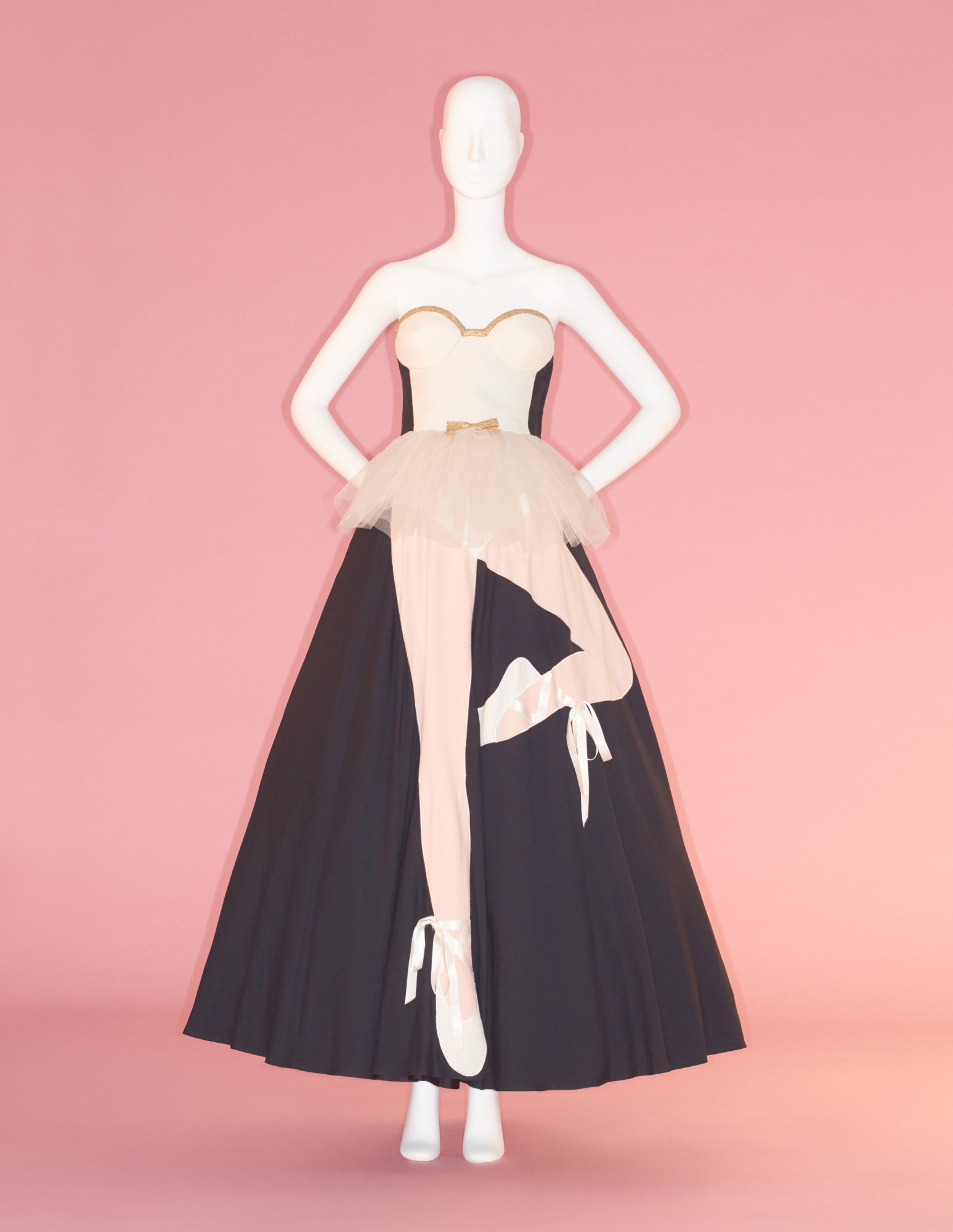The Metropolitan Museum of Art’s Fashion Institute Gala is the event for followers of celebrity, style, and celebrities with style. It’s fashion — and fashion criticism — as an Olympic-level sport with all of the inherent victories and heartbreaking stumbles therein. And with the motif for America’s most expensive theme party set at “Camp: Notes on Fashion,” it may be harder than ever for attendees to stick that landing.
Based Susan Sontag’s seminal 1964 essay “Notes on Camp,” the aesthetic itself is defined as a sort of self-aware kitsch — a high concept in a world of designer sweatpants, Instagram celebrities, and celebrity child stylists. As Sontag explains it, “The whole point of Camp is to dethrone the serious. Camp is playful, anti-serious. More precisely, Camp involves a new, more complex relation to ’the serious.’ One can be serious about the frivolous, frivolous about the serious.” So, how will all of that subversive fashion fun unfurl under Anna Wintour’s iron-clad artistic direction? Several experts weighed in on the definition, pleasures and pitfalls of all things camp, kitsch, and their dreaded analogs, tacky and bad taste.
According to fashion historian and university lecturer, Dr. Sonya Abrego, it’s hard to even pin down what constitutes subversion in the current white-shoes-after-Labor-Day climate. “Fashion’s so weird now because we’re in this post-modern moment,” she says, likening it to sampling in music. Little bits of culture are being taken from everywhere, with everything from hip hop to high art being blended in to designer’s work, and she adds that even the way we think about high and low taste has changed with explosion of accessibility to fashion in the global market. “It’s tricky to think about cannons of taste within fashion right now or within a lot of things in design, because with fast fashion accessibility, there aren’t these macro trends to react against to anymore. So, we’re just sort of bouncing between smaller things. There’s not a high standard of high taste, which opens things up in a way, which is really great. However, there are still things that seem like when something’s off it looks off.”

Author and educator Jo Weldon agrees that in fashion, familiarity breeds contempt. Her book, Fierce: The History of Leopard Print , traces the repeated rise and fall of fashion’s most controversial pattern as it’s been labelled as everything from haute couture, to high camp, to low class. A reputation she also attributes to mass production. “I think the fact that it was a symbol of affordability might have had something to do with people interpreting it as tacky. Because people, when they say tacky, they tend to mean cheap, easy to acquire, poorly made.” Whereas wearing leopard, for example, becomes elevated from the classist put down of “tacky” to the more sophisticated label of “camp” is not in the eye of the beholder, but in the intention of the wearer. “If something that is used to be[ing] seen as being in bad taste, that’s what camp means to me,” she says. “A lot of people, say I’m wearing leopard print ‘ironically.’ I know that people are going to make fun of it and I embrace that. I don’t care what they think. To me, camp is like, I don’t care if you think I’m tacky.” In other words, the rejection of societal norms in camp is punk rock. It’s this element of rebellion that has long linked camp to subcultures that either can’t afford items in “good taste” or are otherwise excluded from mainstream sensibilities.

Specifically, camp is the lifeblood of drag’s burlesquing of gender and good taste. When asked why drag is intertwined with LGBT culture, nightlife legend and RuPaul’s Drag Race judge, Lady Bunny demurs in her own inimitable way, “well, I might not be the best one to ask because I am straight and my wife and kids don’t know that I do this.” But she is willing to volunteer “Well, drag queens are tacky and seldom understated. We like giant wigs and shoes covered with rhinestones, not a demure rhinestone buckle. Drag is larger than life and it is much easier for drag queens to impersonate, for those who do impersonate a celebrity, to impersonate a female celebrity who has outrageous trademarks like Dolly Parton’s jugs, and hair.” Adding that simple and sedate seldom appeals to those who want to mount those kind of over-the-top performances, “you won’t find many drag queens impersonating Susan Boyle.” She also adds that, despite its new imprimatur of respectability from the Met, a key ingredient of the overall look isn’t a sense of humor “One huge part of camp is not taking yourself seriously at all, it’s being somewhat loony, or zany, or idiotic. If I walk into a club wearing a piece of twine as a boa and grandly say to the doormen kindly take my wrap, it’s just silly, but everyone takes themselves so seriously and everyone on social media, including teenagers are discussing their brands.”
All of which, makes it hard to say how celebrities will handle this year’s mandated ridiculousness. Lady Bunny (who is maintaining her invitation is still in the mail somewhere even though she hasn’t seen it) yet thinks the time is especially right now for fashion to have a good laugh at itself. “We’re missing a lot of the eccentric today,” she laments. “As female stars strive to whittle down their noses and plump up their lips and really follow the rules with whatever contour we’re supposed to have on today. Appreciating camp takes intelligence. Look in the White House. Is that something that the people of this country can pride themselves on? I don’t know. You have to be kind of savvy to appreciate why something camp, is camp” What the assorted will make of this remains to be seen.

